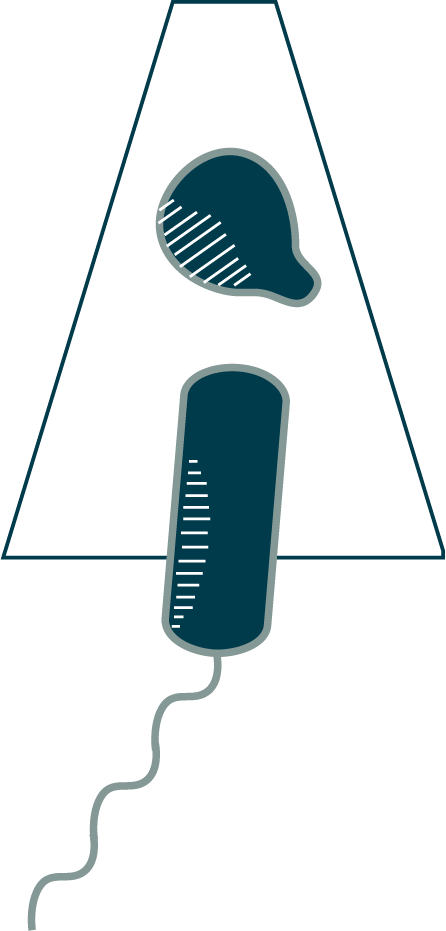In Methylomicrobium alcaliphilum, V-shaped surface layer proteins come together to form cups that pack into a hexagonal pattern.


One of the most striking features of the surface layer is how different it can look in different species. For instance, compare this archaeal Sulfolobus solfataricus cell to the bacterium on the last page, or to other diderm (⇩) or monoderm (⇩) bacteria, or archaea (⇩). All surface layers are crystalline lattices of a single–or in a few cases, two–proteins, but the particular pattern of the lattice depends on the shape of this building block and how it multimerizes into a higher-order structure. The shape of the building block varies considerably; there is almost no sequence homology between surface layer proteins from different species. And shapes come together in different ways, forming repeating units of one, two, three (as on this cell), four, or six blocks.
Surface layers are very common in archaea. Most archaea lack cell walls, but their surface layer plays the same role, functioning as external scaffolding. Remember, too, that nearly all archaea are monoderms, lacking the extra periplasmic compartment that diderms have. Here again the surface layer serves a similar function, making a canopy above the cell’s membrane that encloses a pseudo-periplasmic space. Just as with the bacterial periplasm, this space serves as an antechamber for the cell, restricting access by large molecules. In some cases, the pseudo-periplasmic space also contains proteins that function in metabolism.
In Methylomicrobium alcaliphilum, V-shaped surface layer proteins come together to form cups that pack into a hexagonal pattern.
Not only diderm bacteria have surface layers, as you can see on this monoderm Clostridium thermocellum cell. The main difference is that the proteins are anchored to the cell wall, rather than to the outer membrane (or associated lipoproteins).
In Nitrosopumilus maritimus, surface layer proteins form hexagonal rosettes that in turn pack into a hexagonal lattice.
The surface layer of Methanoregula formicica is a hexagonal lattice of small, nearly circular subunits.